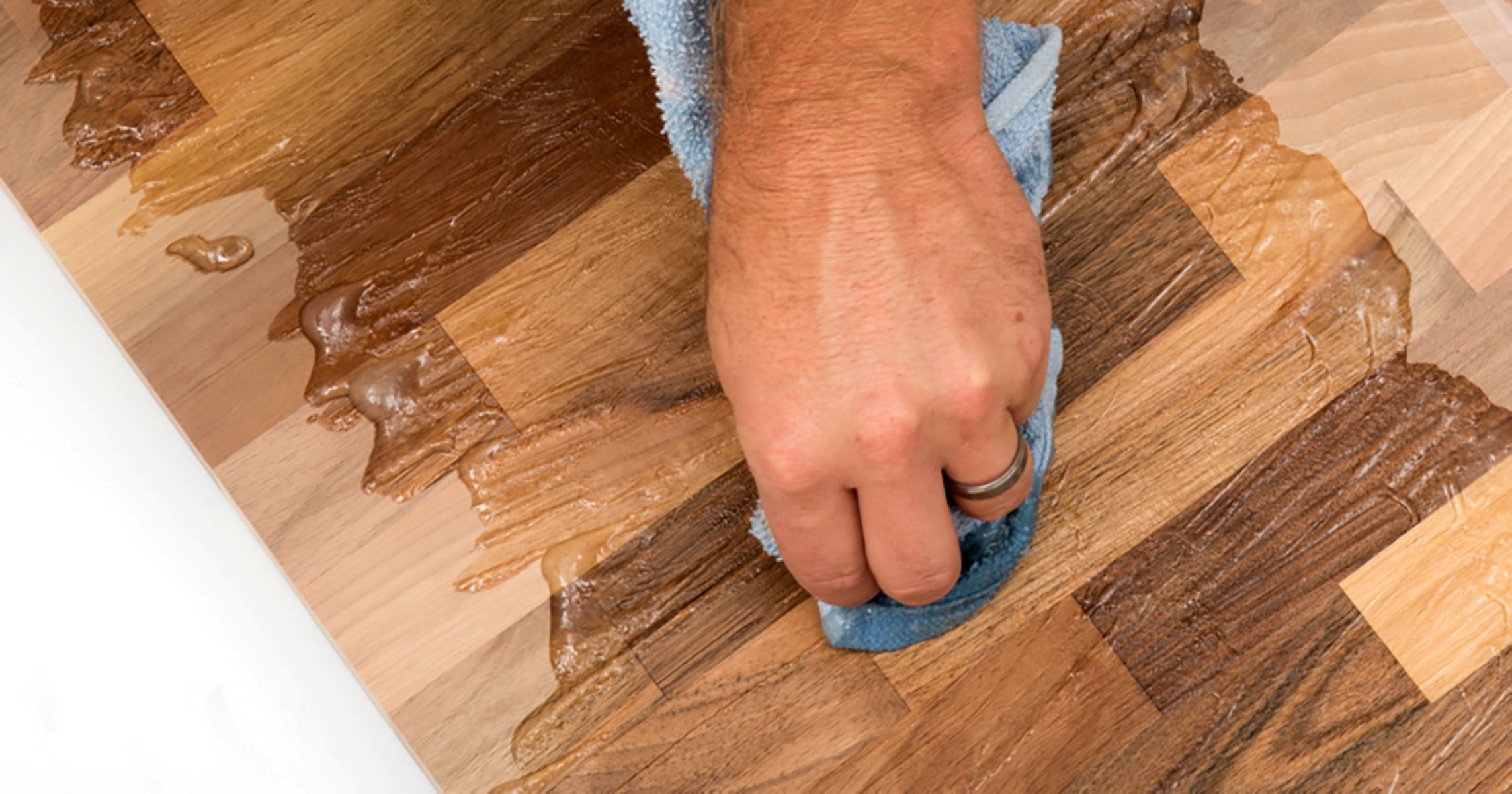

Articles
How To Treat New Butcher Block Countertops
Modified: December 7, 2023
Discover the best articles on how to treat and maintain new butcher block countertops. Get expert tips and advice to keep your countertops looking beautiful and long-lasting.
(Many of the links in this article redirect to a specific reviewed product. Your purchase of these products through affiliate links helps to generate commission for Storables.com, at no extra cost. Learn more)
Introduction
Butcher block countertops are a popular choice for kitchens due to their natural beauty and durability. Made from solid wood, typically maple or oak, butcher block countertops offer a warm and inviting surface that adds character to any kitchen. However, to ensure their longevity and maintain their appearance, proper treatment and care are essential.
In this article, we will guide you through the steps of treating and maintaining your new butcher block countertops. From prepping the surface to sealing and regular cleaning, we’ll cover everything you need to know to keep your countertops looking their best for years to come.
Key Takeaways:
- Properly prepping and sealing new butcher block countertops with sanding, conditioning, and a food-safe sealant is essential for longevity and protection against stains and spills.
- Regular cleaning, maintenance, and knowing how to remove stains can help preserve the natural beauty of butcher block countertops, ensuring they remain functional and attractive for years to come.
Read more: How To Do Butcher Block Countertops
Prepping the Butcher Block Countertops
Before you start using your new butcher block countertops, it’s important to properly prep the surface to ensure its longevity and prevent any potential issues down the line.
The first step in prepping your butcher block countertops is to sand the surface. Start with a low grit sandpaper, around 120 to 150 grit, and sand the entire surface in the direction of the wood grain. This will help to remove any rough spots, unevenness, and blemishes in the wood. After sanding, wipe down the countertops with a damp cloth to remove any dust residue.
Once the countertops are sanded and cleaned, it’s time to condition the wood. Applying a food-safe mineral oil or butcher block conditioner will help to nourish and protect the wood, enhancing its natural beauty and resistance to moisture. You can use a clean cloth or a brush to evenly apply the oil or conditioner to the entire surface of the countertops, making sure to reach all edges and corners. Allow the oil or conditioner to soak into the wood for the recommended time stated on the product label.
After the initial conditioning, it’s important to repeat this process a few times during the first month of use to ensure the wood is adequately sealed. This will create a protective barrier against moisture and help prevent stains and damage from spills. Over time, you can continue to periodically apply a thin coat of mineral oil or butcher block conditioner to maintain the countertops and keep them looking their best.
Another important step in prepping butcher block countertops is to establish proper ventilation. Wood is a natural material and can expand and contract with changes in temperature and humidity. Ensuring adequate air circulation around the countertops will help prevent warping or cracking. Avoid placing hot pans or dishes directly on the countertop surface to prevent damage, and always use cutting boards or trivets to protect the wood.
By properly prepping your butcher block countertops, you are setting the foundation for their long-term durability and maintaining their natural beauty. The next step is to seal the countertops to provide an extra layer of protection against stains and spills.
Sealing the Butcher Block Countertops
Sealing your butcher block countertops is an essential step in protecting the wood from stains, moisture, and other potential damage. Proper sealing will also enhance the natural beauty of the wood and make it easier to clean and maintain.
There are several options for sealing butcher block countertops such as polyurethane, varnish, or a food-grade sealer. It’s important to choose a sealing product that is specifically designed for countertops and is food-safe. This ensures that it won’t be harmful when in contact with your food.
Before applying the sealer, make sure the countertops are clean and dry. If there are any stains or discolorations, you can use a mild bleach and water solution to remove them. Once the countertops are clean, let them dry thoroughly before proceeding with the sealing process.
Using a clean brush or lint-free cloth, apply the sealer evenly over the entire surface of the countertops. Make sure to cover all edges and corners. Follow the instructions on the product label for the recommended number of coats and drying time between coats.
After applying the sealer, allow it to cure for the recommended time before using your countertops. This will ensure that the sealer has fully hardened and is ready to protect your butcher block. Keep in mind that some sealers may require periodic reapplication to maintain their effectiveness, so be sure to follow the manufacturer’s instructions for maintenance.
It’s important to note that sealed butcher block countertops are not completely impervious to stains or damage. While the sealer provides a protective barrier, it’s still recommended to clean up spills immediately and avoid cutting directly on the surface to prevent scratches. Regular cleaning and maintenance are key to preserving the beauty and functionality of your sealed butcher block countertops.
Sealing your butcher block countertops is an investment in their longevity and aesthetics. By providing an extra layer of protection, you can enjoy your countertops worry-free for years to come.
Cleaning and Maintenance Tips
Keeping your butcher block countertops clean and well-maintained is essential for their longevity and appearance. Here are some valuable tips to help you keep your countertops in top shape:
- Wipe up spills immediately: Accidents happen, but it’s important to clean up any spills as soon as possible to prevent staining or damage to the wood. Use a damp cloth or sponge to wipe away spills, and dry the area thoroughly.
- Avoid harsh chemicals: When cleaning your butcher block countertops, steer clear of harsh chemicals and abrasive cleaners. Opt for mild dish soap or a solution of white vinegar and water for regular cleaning. Avoid ammonia-based cleaners as they can damage the wood.
- Use cutting boards and trivets: To prevent scratches and damage to the surface, always use a cutting board when chopping or slicing. Additionally, use trivets or hot pads to protect the wood from hot pans or dishes.
- Regularly oil or condition the wood: To maintain the beauty and resilience of your countertops, periodically apply a food-grade mineral oil or butcher block conditioner. This will help to replenish the natural oils in the wood and prevent it from drying out.
- Keep countertops dry: Excessive moisture can lead to warping and cracking of the wood. After cleaning, make sure to dry the countertops thoroughly to prevent any moisture from seeping into the wood.
- Avoid prolonged exposure to sunlight: Direct sunlight can cause the wood to fade and age prematurely. If your countertops are near a window or receive direct sunlight, consider using curtains or blinds to protect them from prolonged exposure.
- Regularly inspect for damage: Take the time to inspect your countertops regularly for any signs of damage, such as cracks, scratches, or stains. Addressing these issues early on can prevent further damage and protect the lifespan of your butcher block countertops.
By following these cleaning and maintenance tips, you can ensure that your butcher block countertops remain beautiful and functional for many years to come.
After installation, seal new butcher block countertops with a food-safe mineral oil or beeswax to protect the wood from moisture and stains. Reapply the sealant every few months to maintain the finish.
Removing Stains from Butcher Block Countertops
Even with proper care, accidents can happen and stains may occur on your butcher block countertops. Fortunately, there are several methods you can try to effectively remove stains and restore the appearance of your countertops.
Here are some common types of stains and the best ways to remove them:
- Water stains: Water stains are a common issue on butcher block countertops. To remove them, start by sanding the affected area using fine-grit sandpaper. Sand in the direction of the wood grain until the stain is no longer visible. After sanding, clean the countertop with a mild soap and water solution, then dry it thoroughly and reapply a coat of mineral oil or butcher block conditioner.
- Grease or oil stains: Apply a mixture of baking soda and water to the stained area, creating a paste-like consistency. Gently scrub the stain with a soft brush or cloth, then rinse with water and dry thoroughly. If the stain persists, repeat the process or try using a small amount of dish soap.
- Red wine or fruit stains: Mix hydrogen peroxide with a few drops of dish soap and apply it to the stain. Let it sit for a few minutes, then gently scrub the area with a soft brush. Rinse with water and dry completely. For stubborn stains, you may need to repeat the process or use a specialized stain remover for wood.
- Ink or marker stains: A paste made of baking soda and water can be used to remove ink or marker stains. Apply the paste to the stain and gently rub it in using a soft cloth. Rinse with water and dry thoroughly. If the stain persists, you can try using a bit of rubbing alcohol or specialized wood stain remover.
- Heat marks: Heat marks occur when hot objects are placed directly on the countertop. To remove them, try using a mixture of equal parts white vinegar and olive oil. Apply the mixture to the stain and let it sit for a few minutes. Gently rub the area with a soft cloth, then rinse with water and dry thoroughly.
It’s important to note that some stains may require multiple attempts or the use of specialized stain removers. Always test any new cleaning solution or product in a small, inconspicuous area first to ensure it doesn’t cause any damage to the wood.
By knowing the appropriate methods to remove different stains from butcher block countertops, you can effectively restore their appearance and keep them looking beautiful for years to come.
Read more: How To Sand Butcher Block Countertops
Restoring and Refinishing Butcher Block Countertops
Over time, your butcher block countertops may start to show signs of wear and tear. But don’t worry, with the right restoration and refinishing techniques, you can bring them back to their former glory.
Here’s a step-by-step guide to restoring and refinishing your butcher block countertops:
- Sand the surface: Start by sanding the entire surface of the countertops using a medium-grit sandpaper. This will help remove any surface imperfections, scratches, or stains. Sand in the direction of the wood grain for a smooth and even finish.
- Clean the countertops: After sanding, thoroughly clean the countertops to remove any dust or debris. Use a mild soap and warm water solution, and scrub the surface gently with a soft cloth or sponge. Rinse with clean water and make sure the countertops are completely dry.
- Apply a wood conditioner: Once the countertops are clean and dry, apply a wood conditioner to the surface. This will help to replenish the moisture in the wood and enhance its natural beauty. Follow the instructions on the product label for the recommended drying time.
- Seal the countertops: To provide long-lasting protection, apply a food-safe sealant to the countertops. Choose a product specifically designed for butcher block surfaces and follow the application instructions carefully. Allow the sealant to cure for the recommended time before using the countertops.
- Reapply mineral oil or conditioner: After sealing, it’s important to regularly reapply mineral oil or butcher block conditioner to maintain the wood’s moisture levels. This will prevent drying, cracking, and warping of the countertops, and help them maintain their natural luster.
- Avoid direct heat and moisture: To prolong the life of your restored butcher block countertops, it’s important to protect them from direct heat and excessive moisture. Always use trivets, cutting boards, and hot pads when working with hot pans or dishes, and quickly wipe up spills to prevent staining and water damage.
- Regular cleaning and maintenance: To keep your restored countertops looking their best, follow a regular cleaning and maintenance routine. Clean the surface with mild soap and warm water, and dry it thoroughly to prevent any moisture from seeping into the wood. Reapply mineral oil or conditioner as needed.
Restoring and refinishing your butcher block countertops can breathe new life into them and make them look like new again. By following these steps and providing proper care, you can enjoy the beauty and functionality of your countertops for many more years to come.
Conclusion
Butcher block countertops are a timeless and beautiful addition to any kitchen. With proper treatment and maintenance, you can ensure their durability and preserve their natural beauty for many years to come. By following the steps outlined in this article, you can effectively treat, seal, clean, and maintain your butcher block countertops.
Prepping the countertops by sanding and conditioning the wood creates a smooth and protected surface. Sealing the countertops with a food-safe sealant adds an extra layer of defense against stains and spills. Regular cleaning and maintenance, including wiping up spills promptly and using mild cleaning agents, will keep the countertops looking their best.
If stains do occur, there are methods available to remove them and restore the appearance of the countertops. By properly sanding and refinishing, you can restore the countertops to their former glory and enhance their natural beauty.
Remember, proper care and maintenance are key to the longevity of your butcher block countertops. Avoid direct heat and excessive moisture, regularly reapply mineral oil or conditioner, and follow a cleaning routine to ensure their continued beauty and functionality.
With the knowledge and tips provided in this article, you are well-equipped to treat your new butcher block countertops and enjoy their warmth and charm for many years to come.
Frequently Asked Questions about How To Treat New Butcher Block Countertops
Was this page helpful?
At Storables.com, we guarantee accurate and reliable information. Our content, validated by Expert Board Contributors, is crafted following stringent Editorial Policies. We're committed to providing you with well-researched, expert-backed insights for all your informational needs.
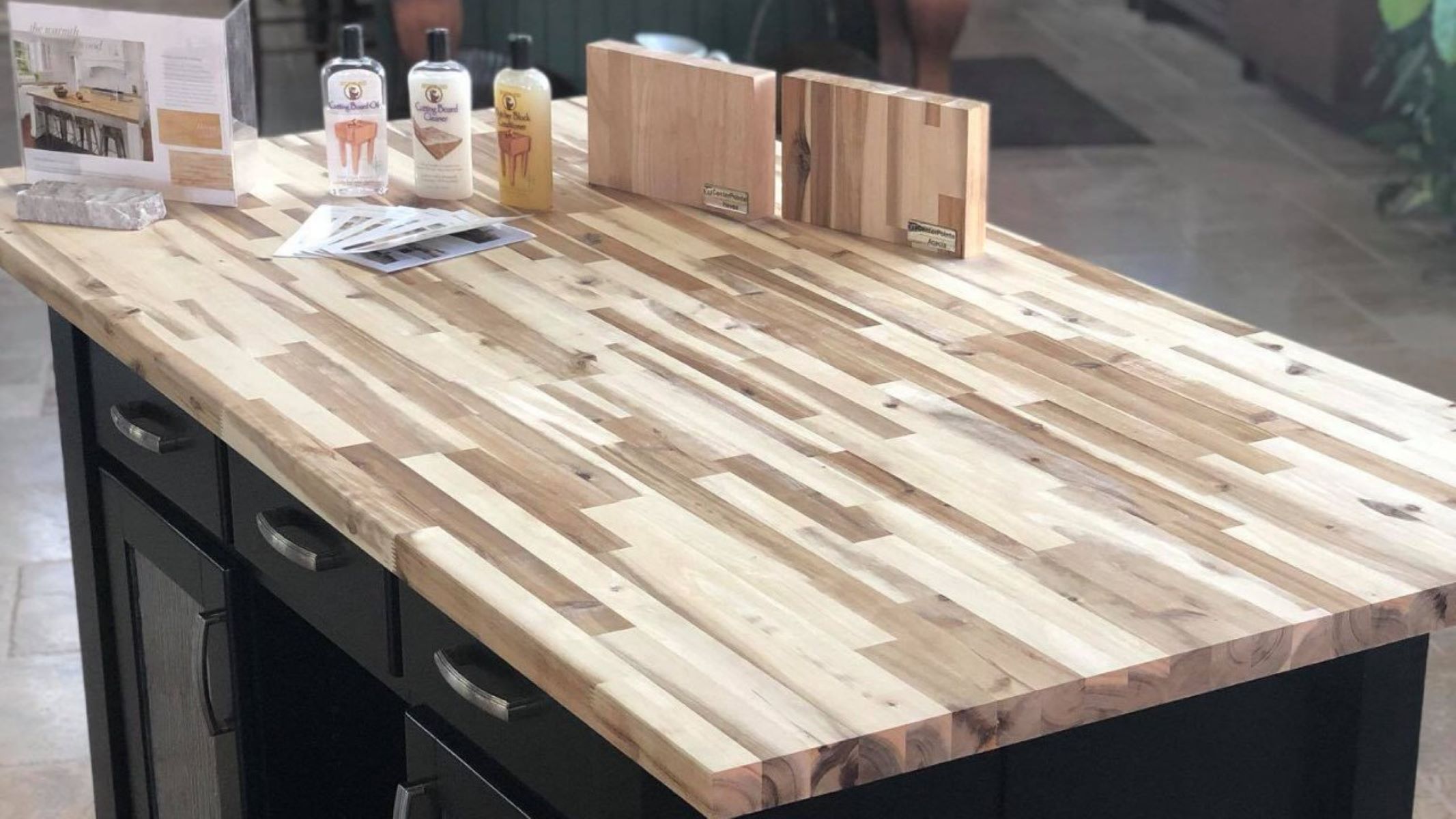
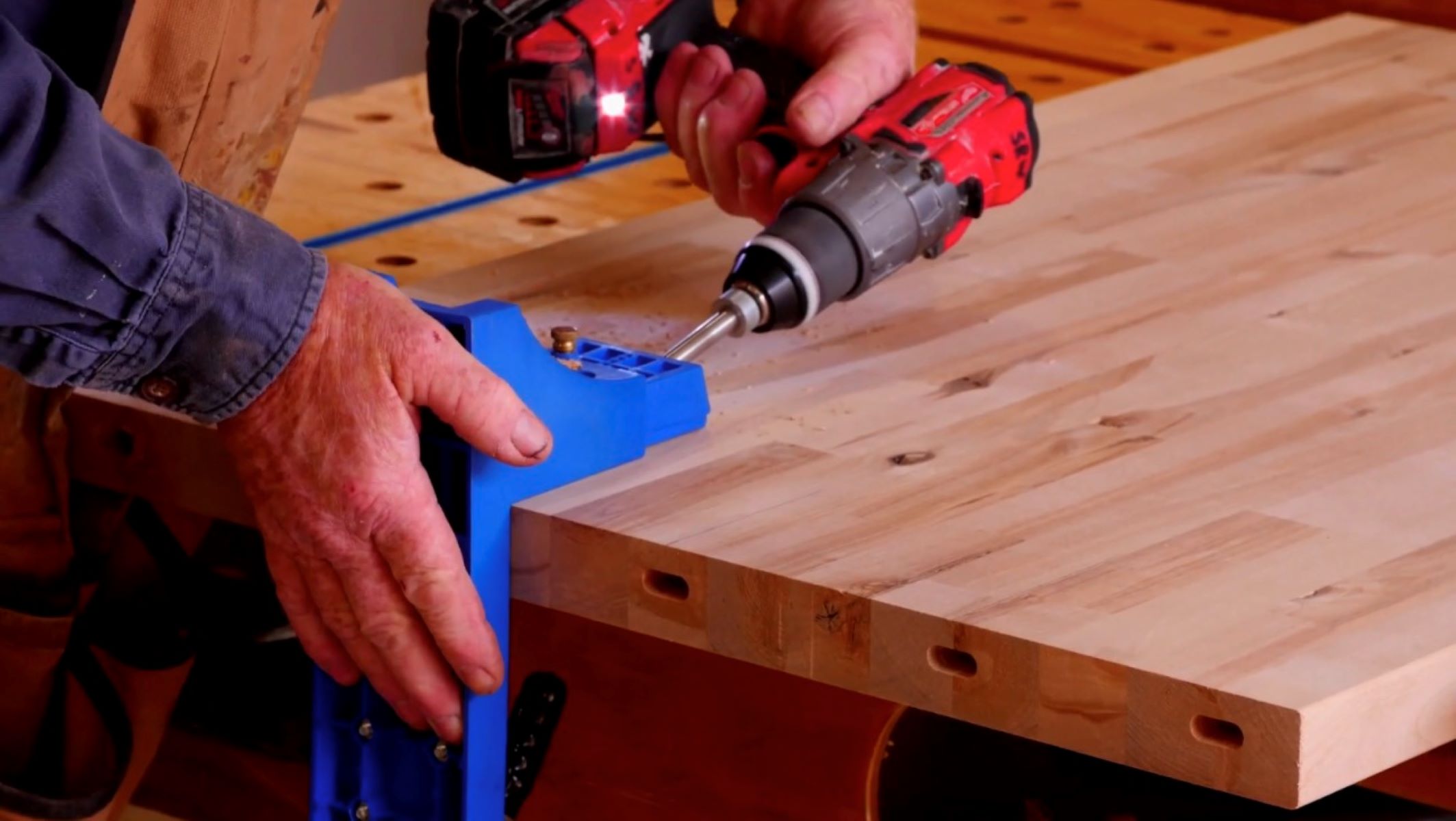
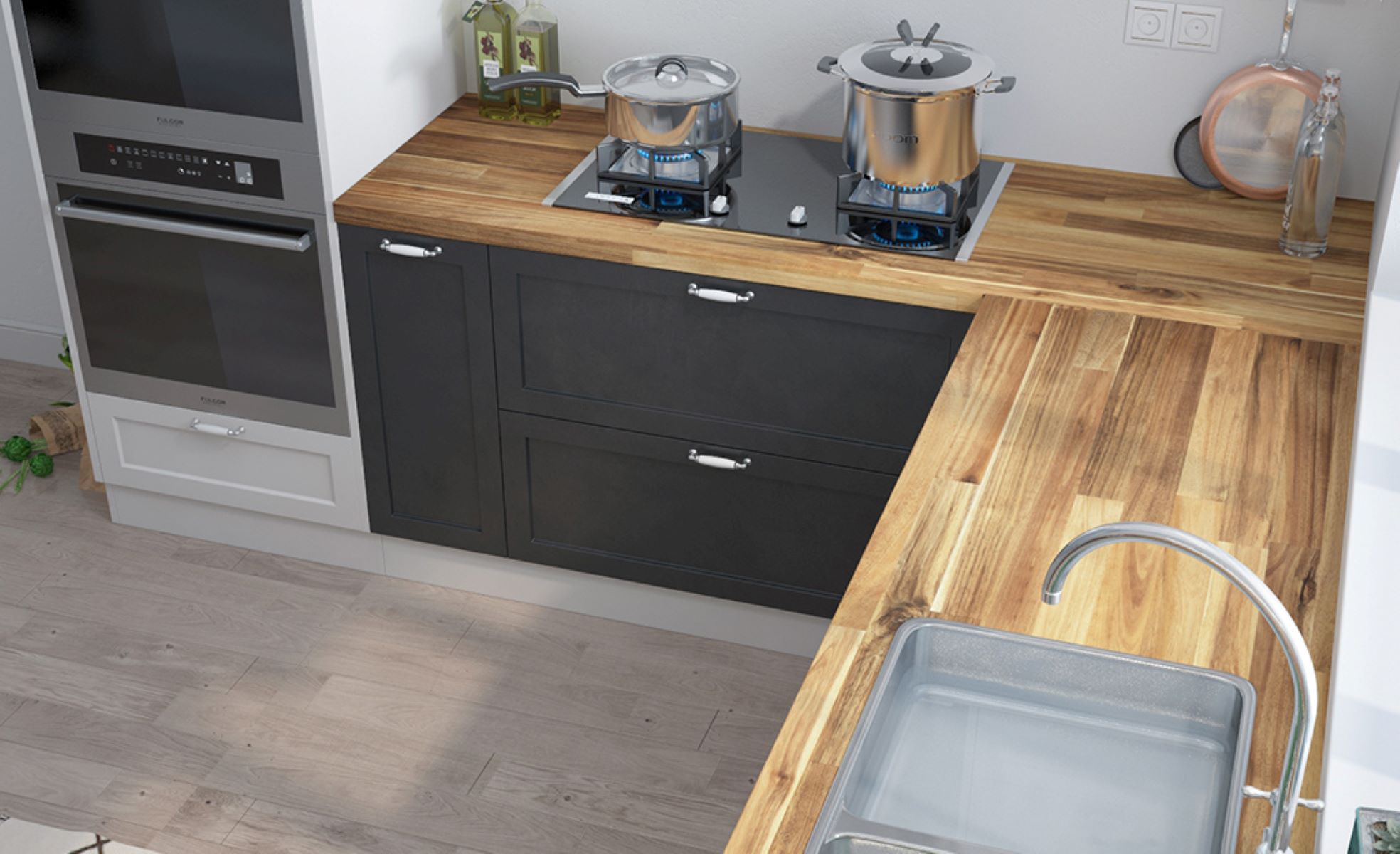
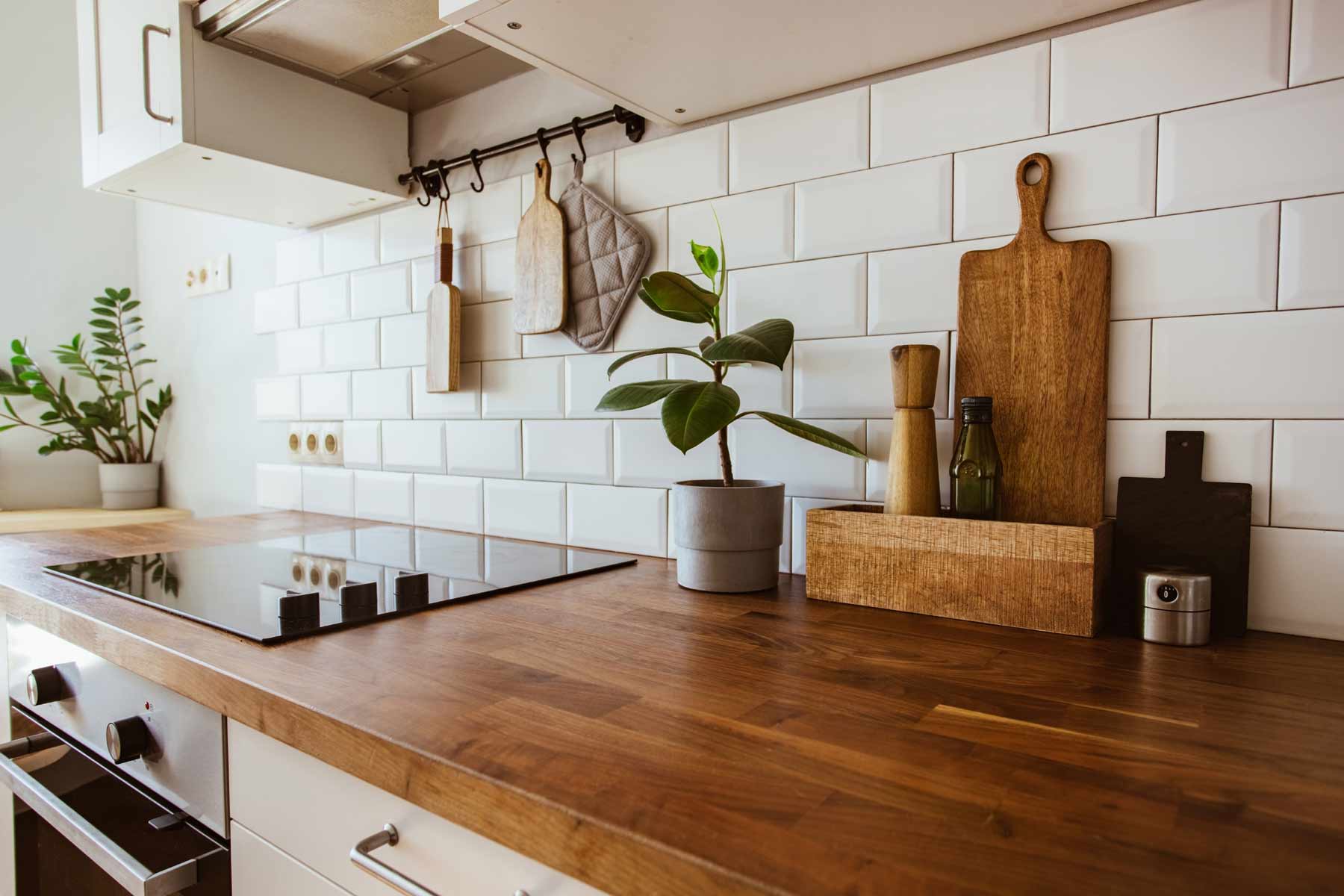
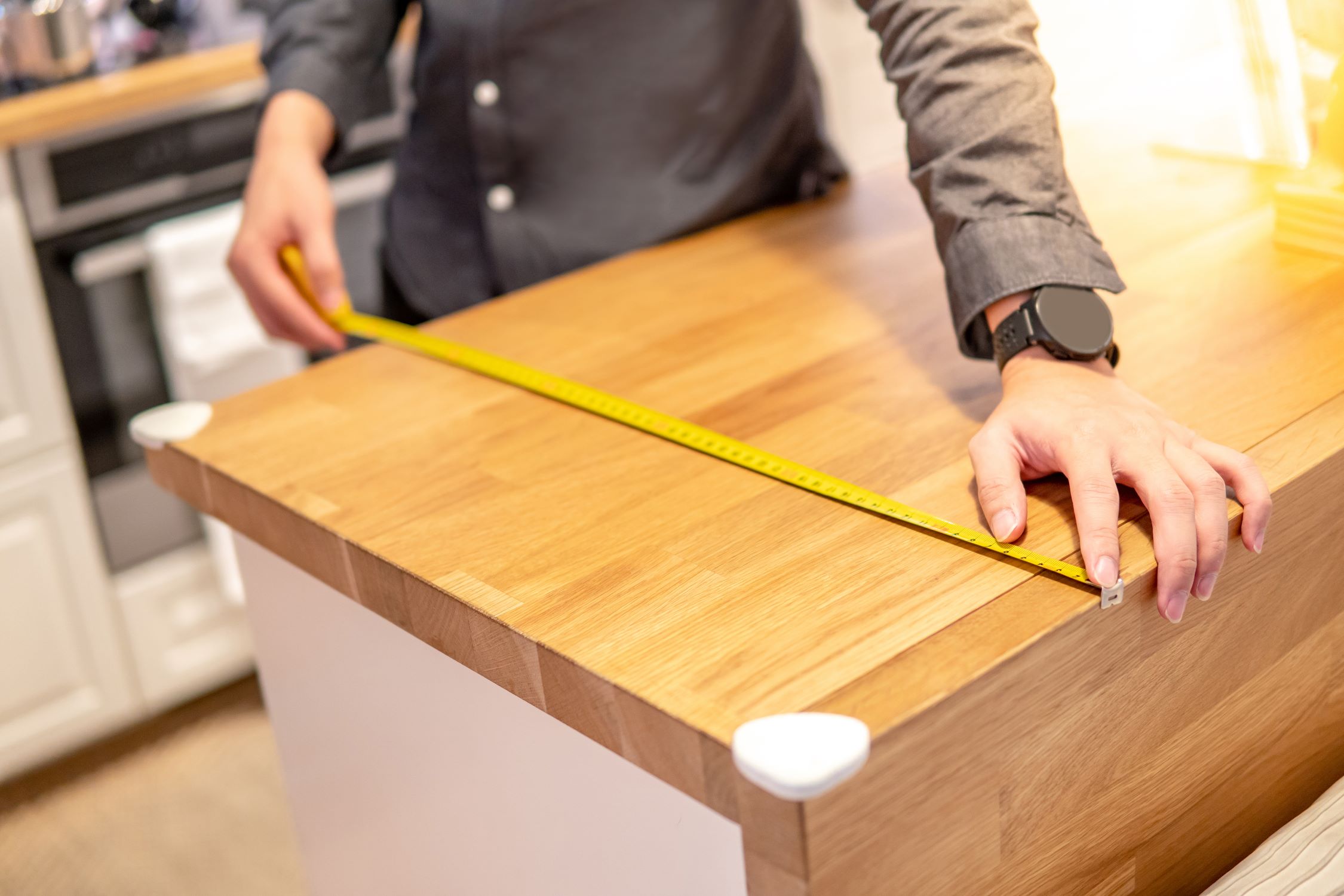
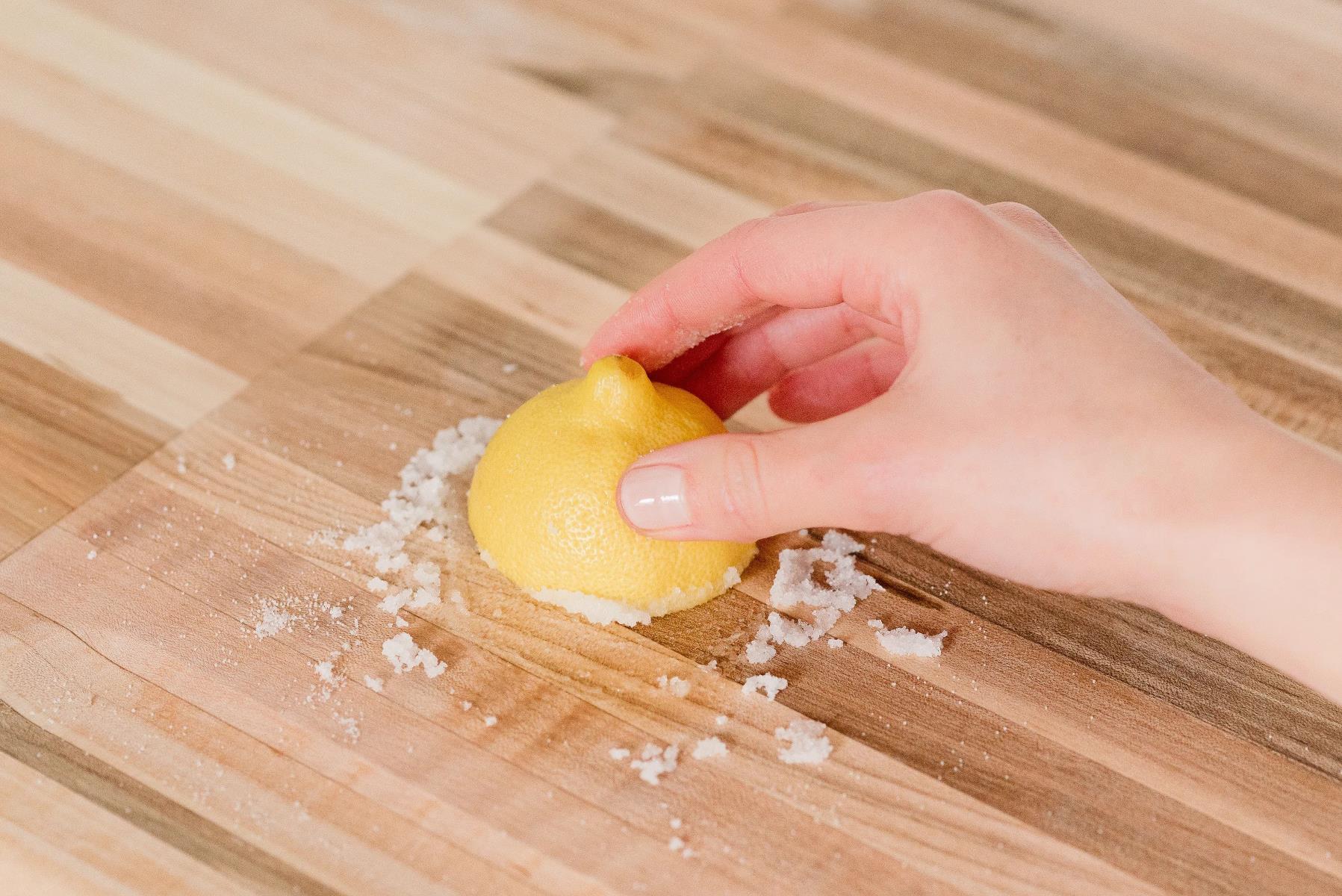
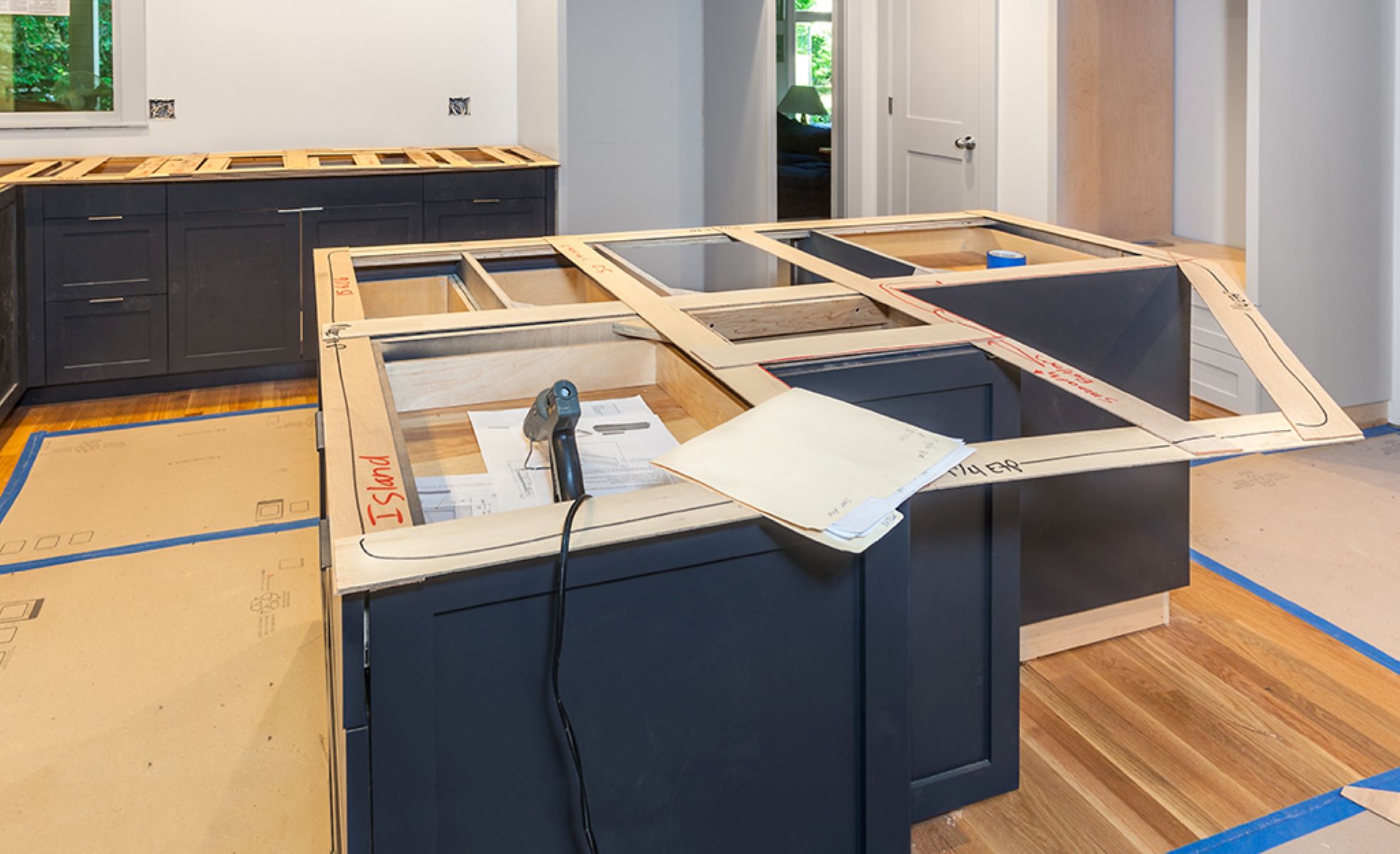
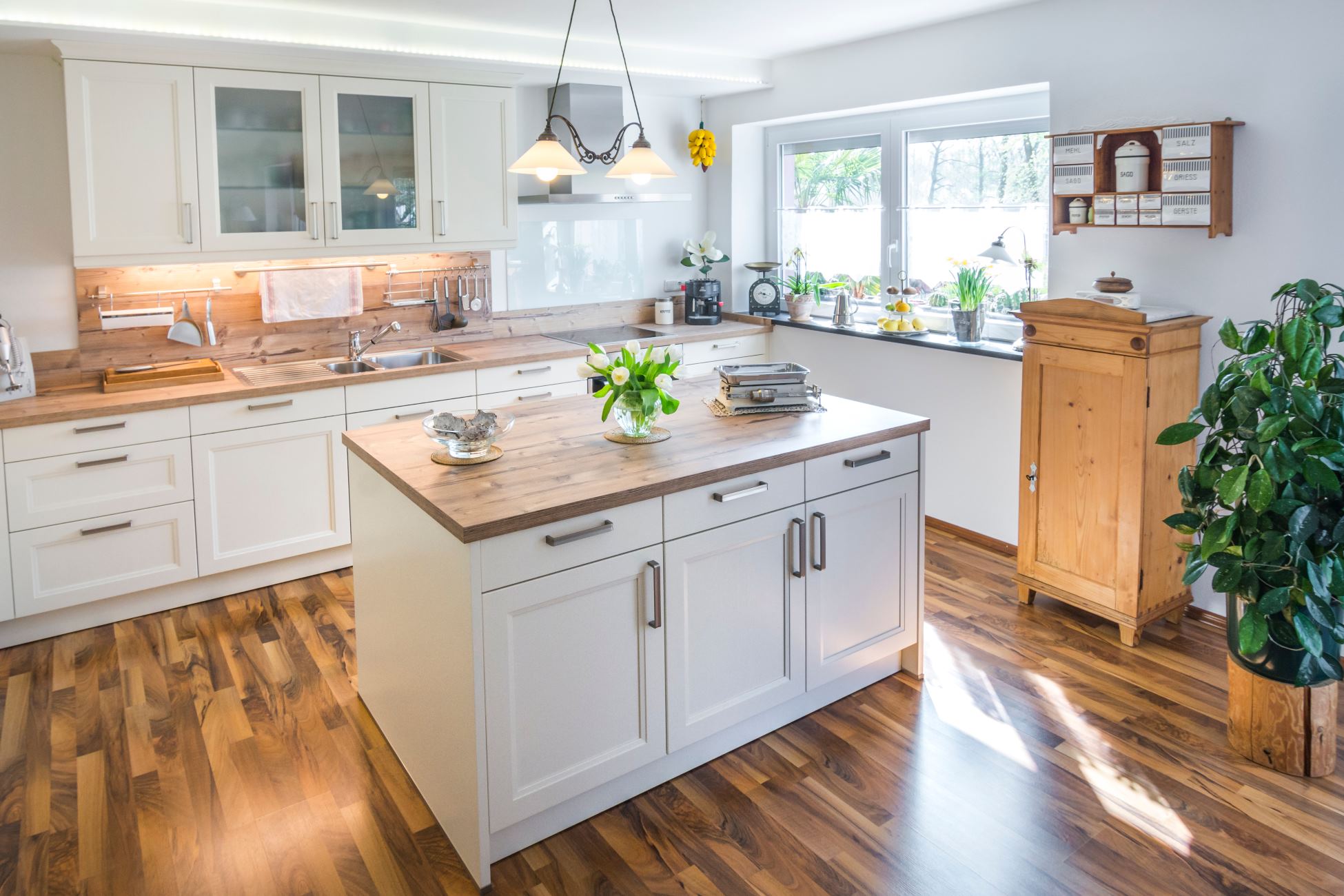
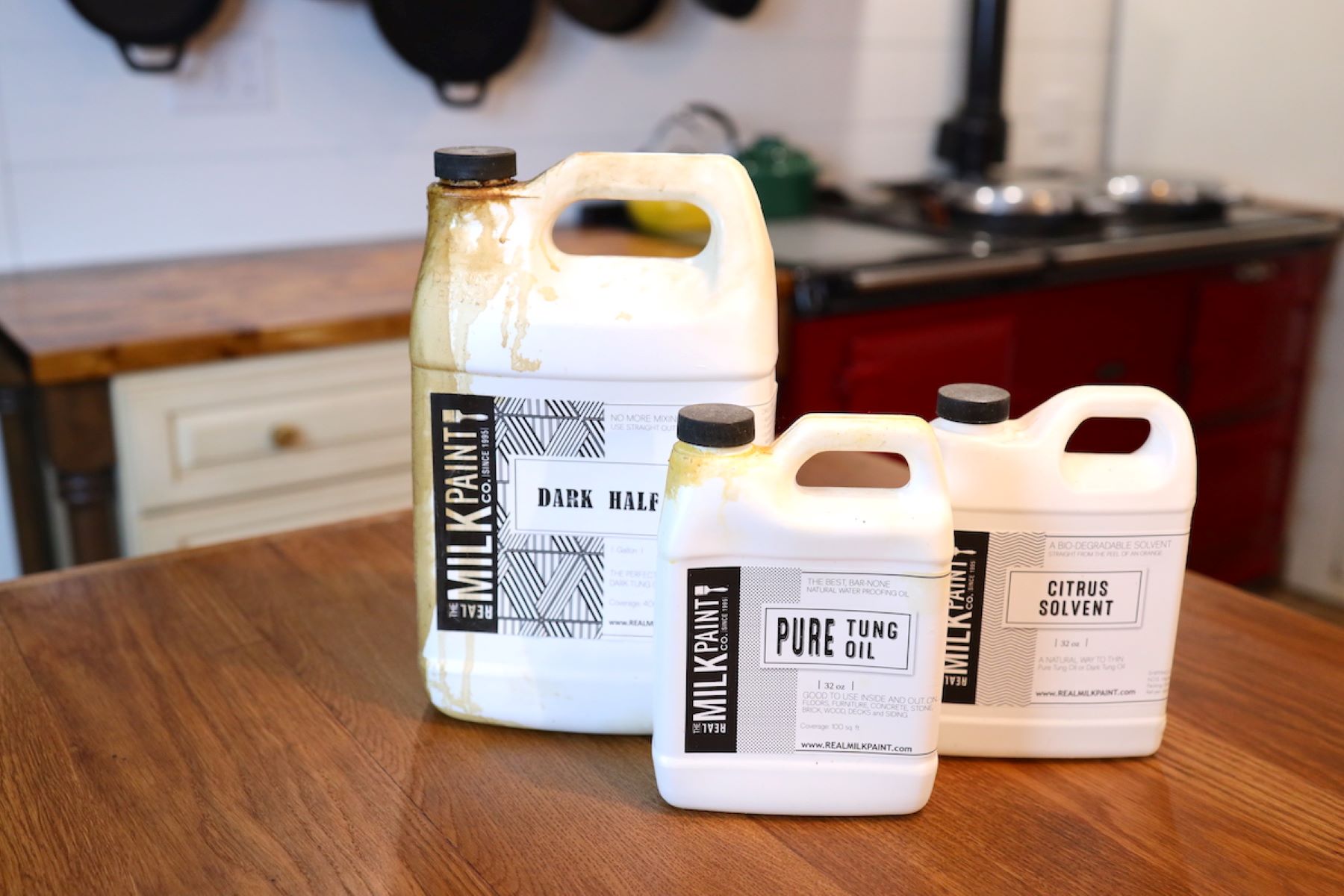
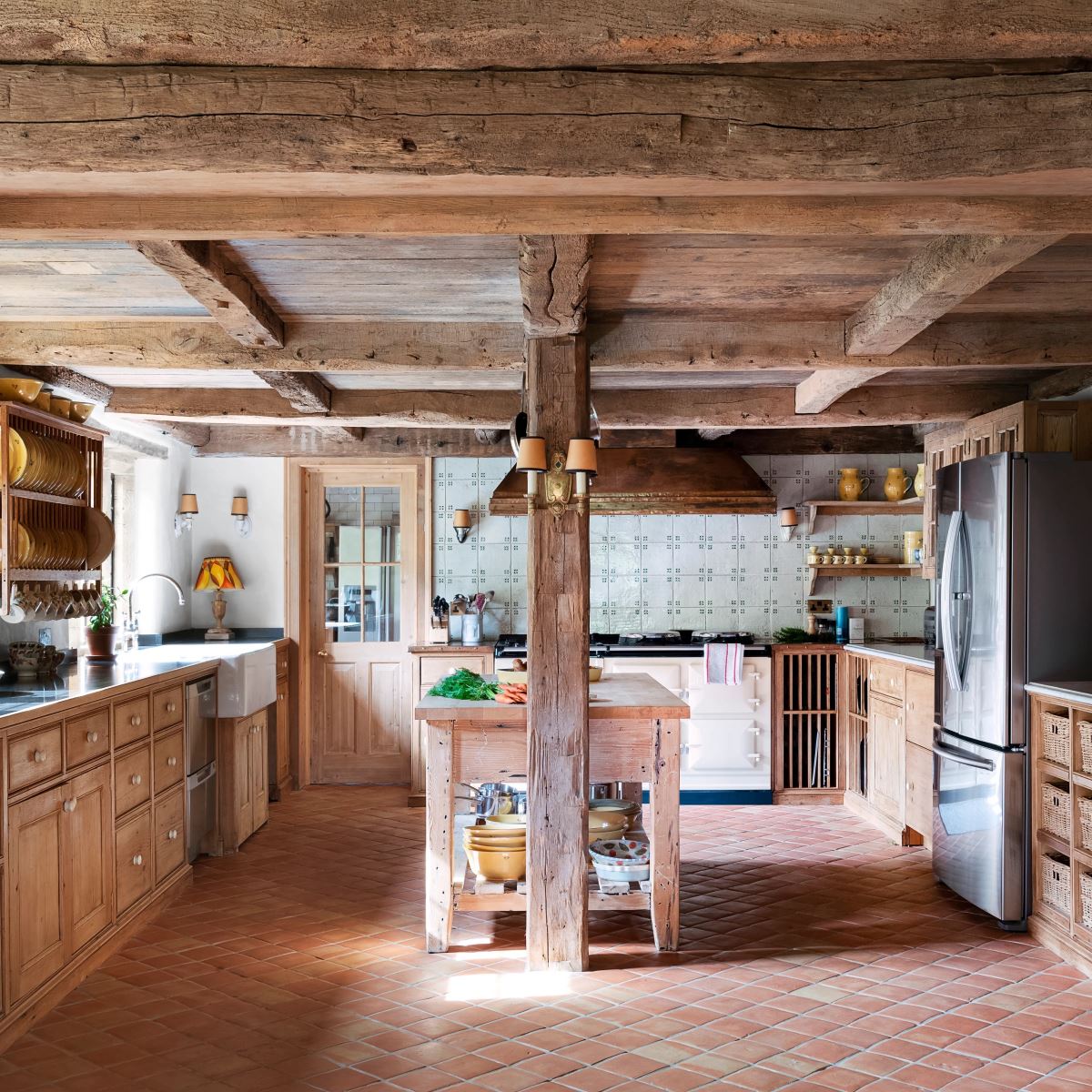
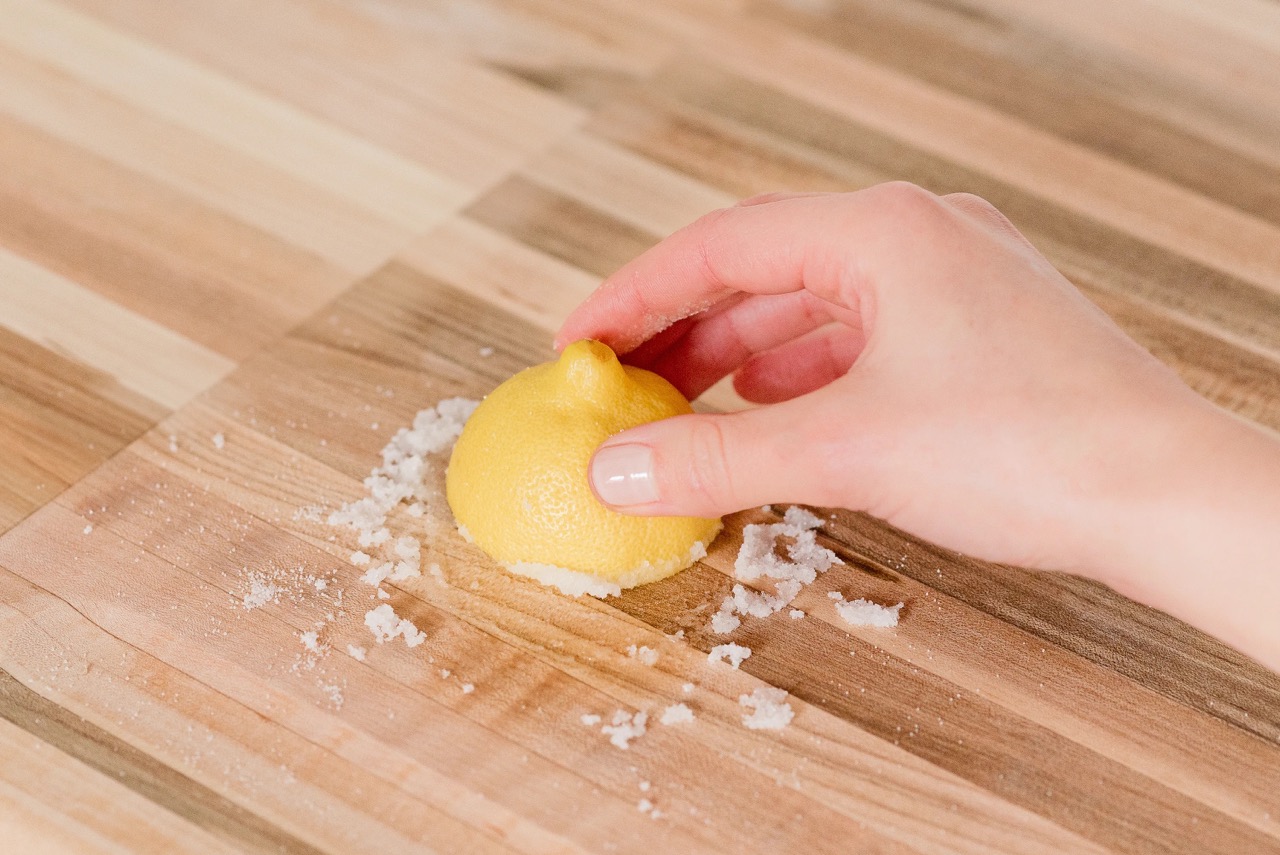
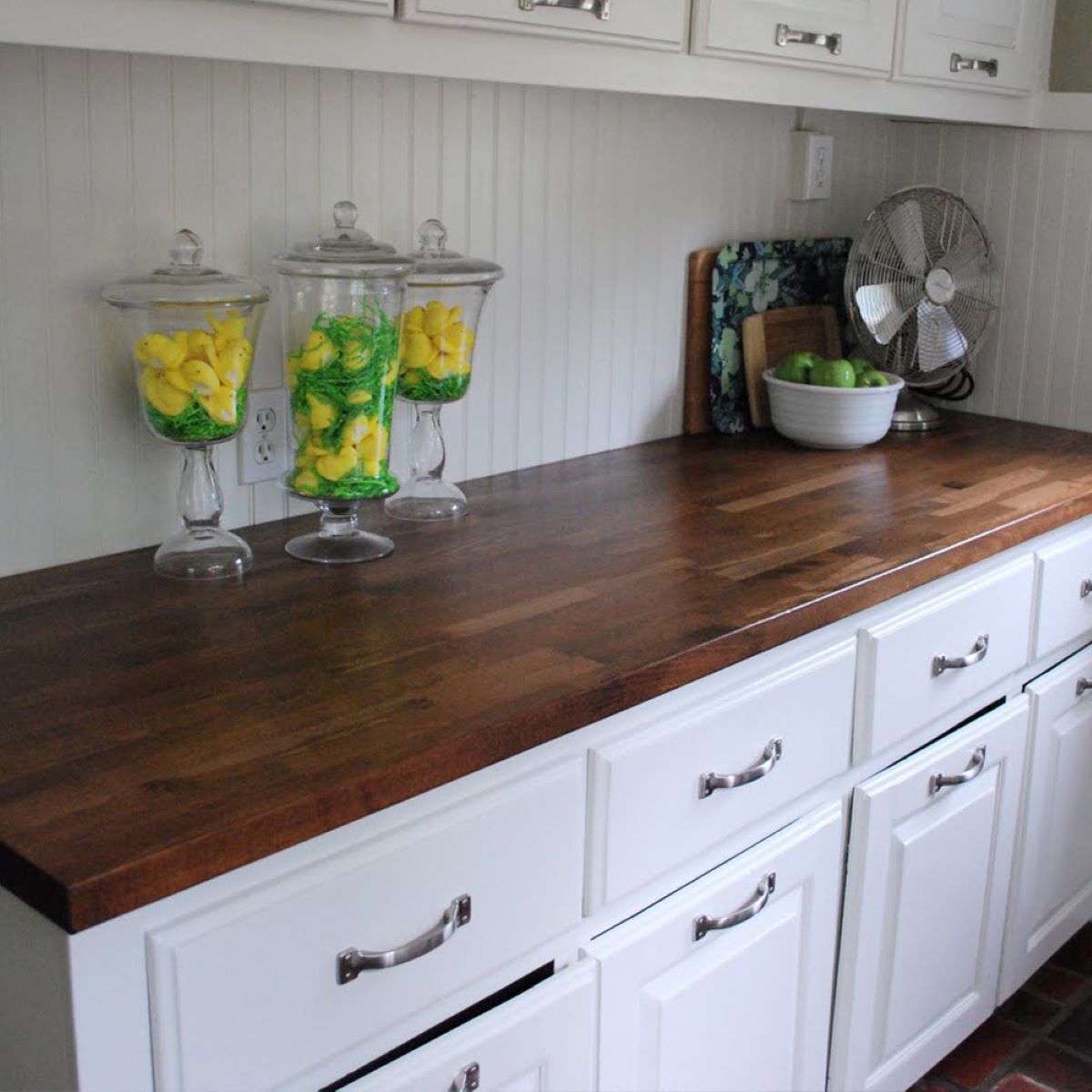
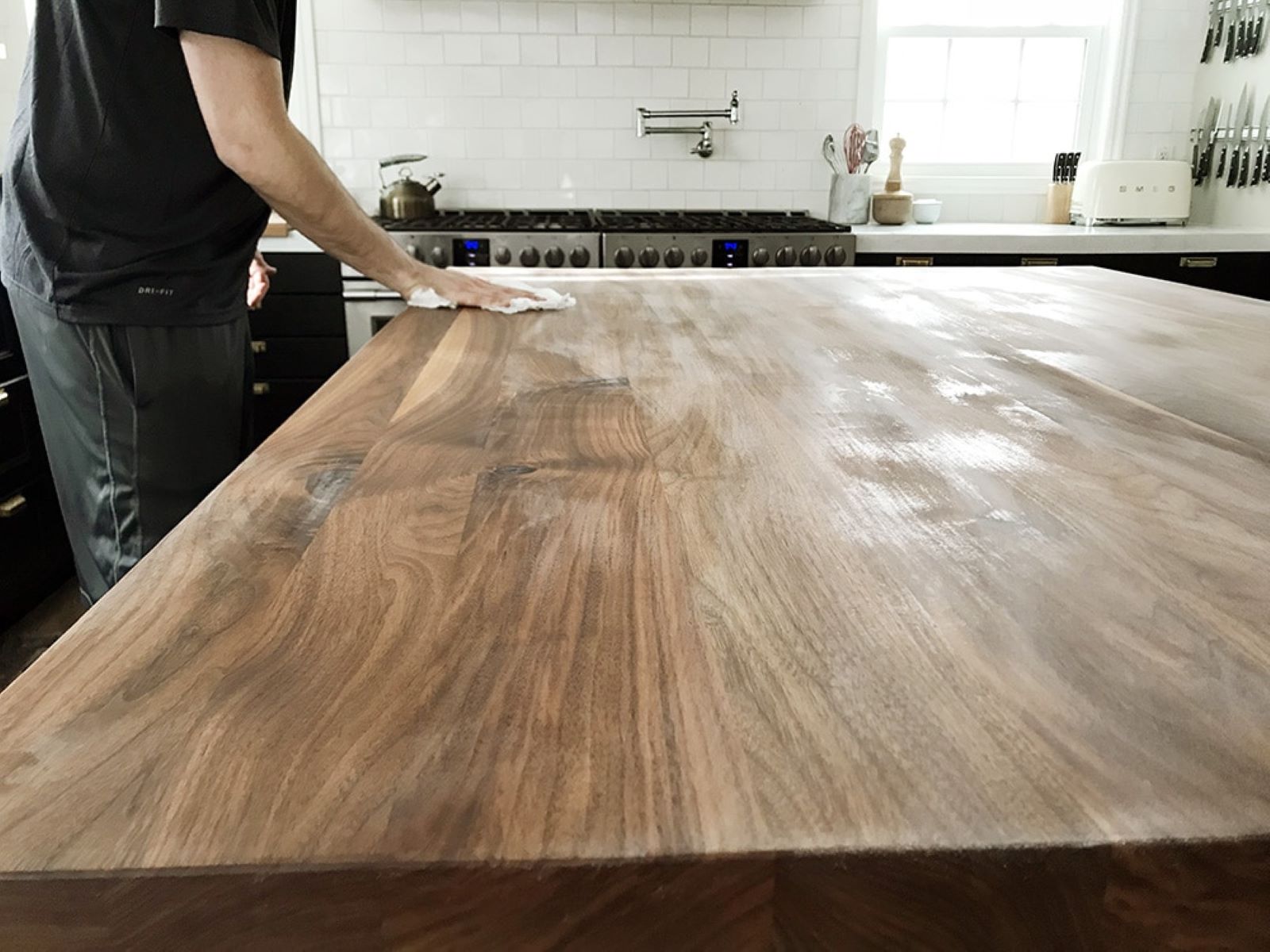
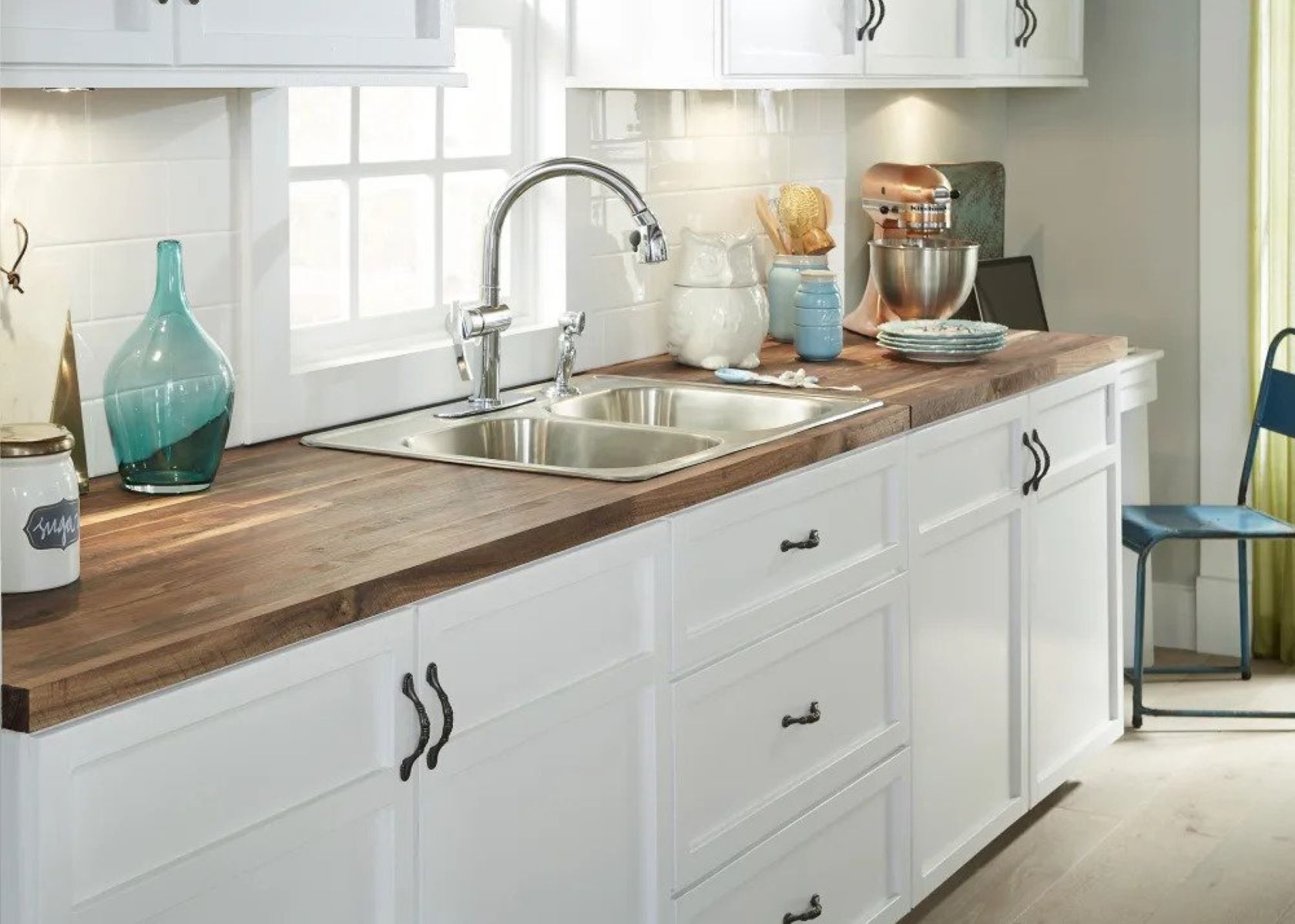

0 thoughts on “How To Treat New Butcher Block Countertops”